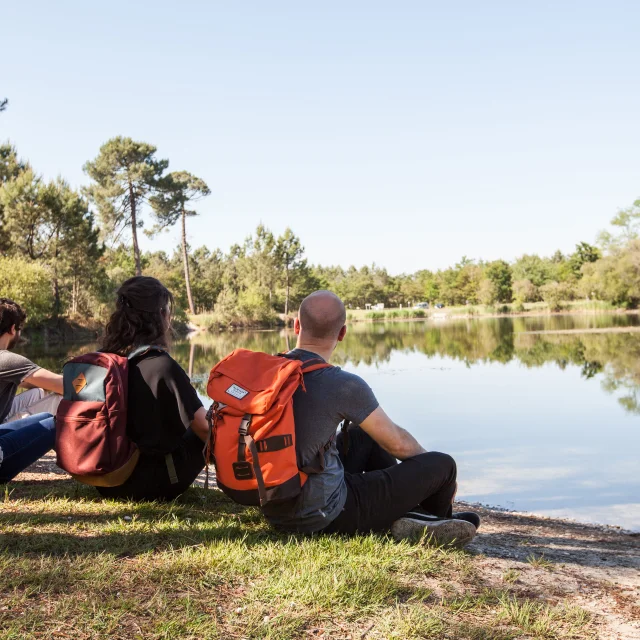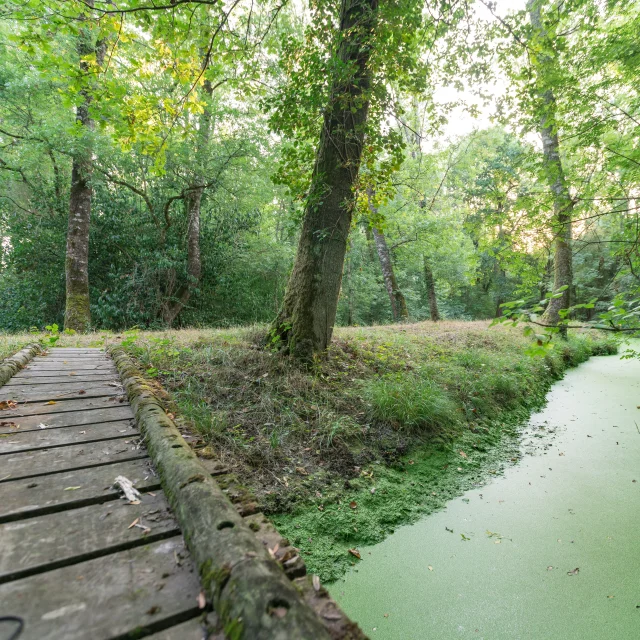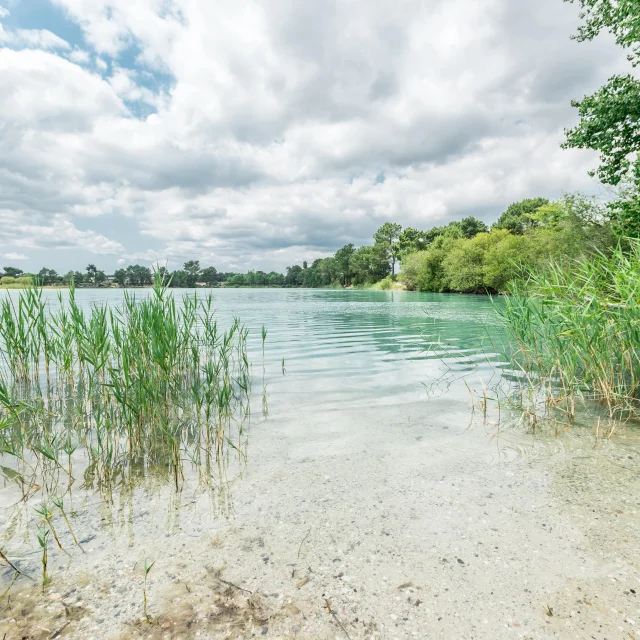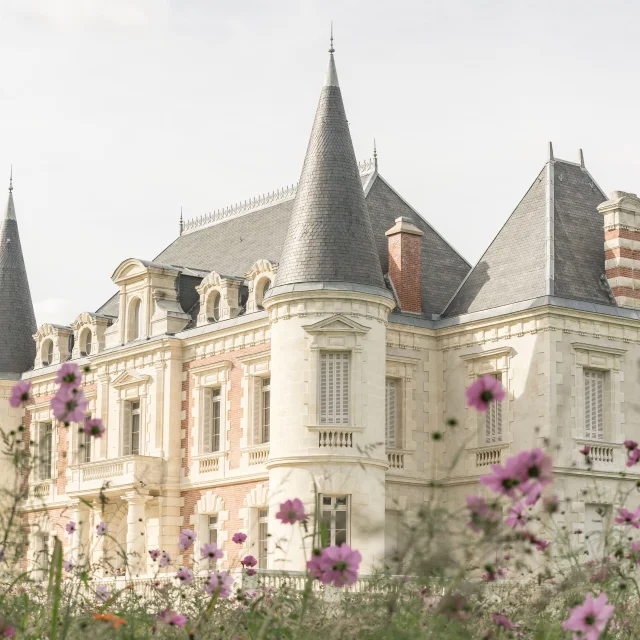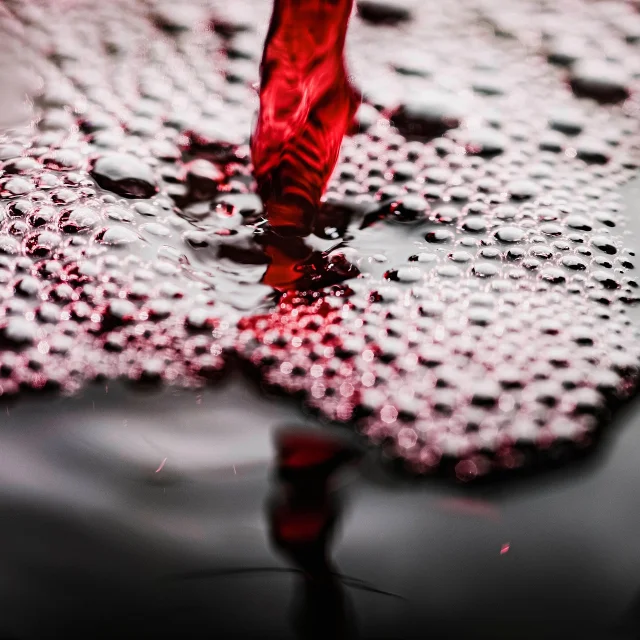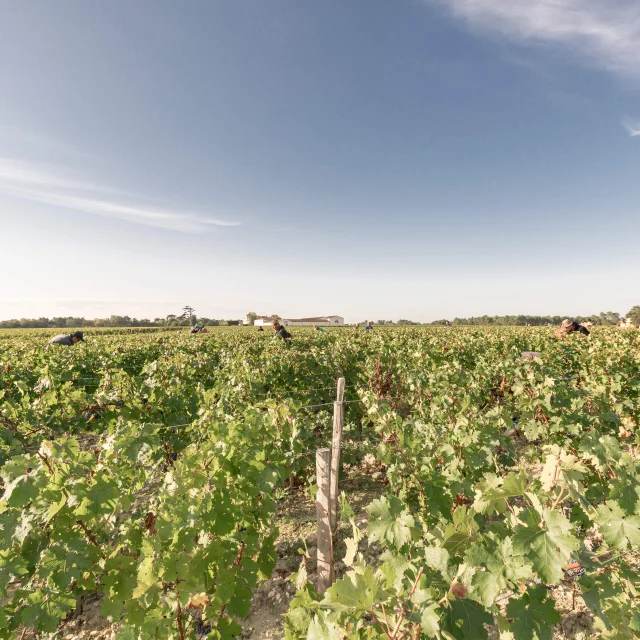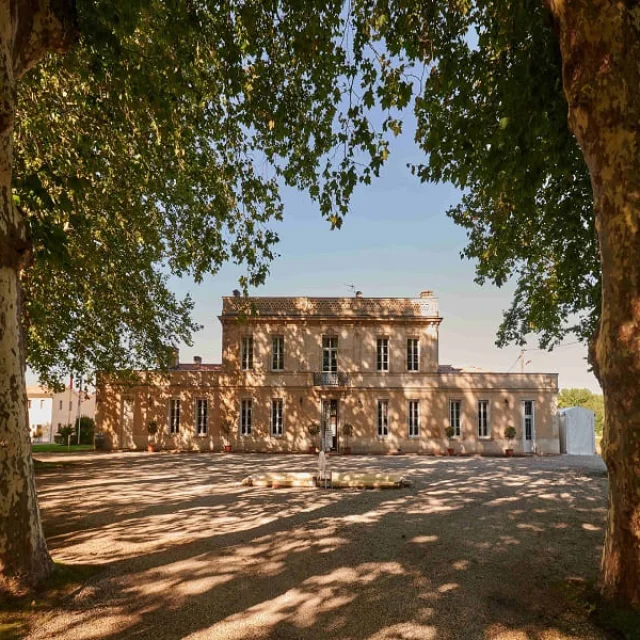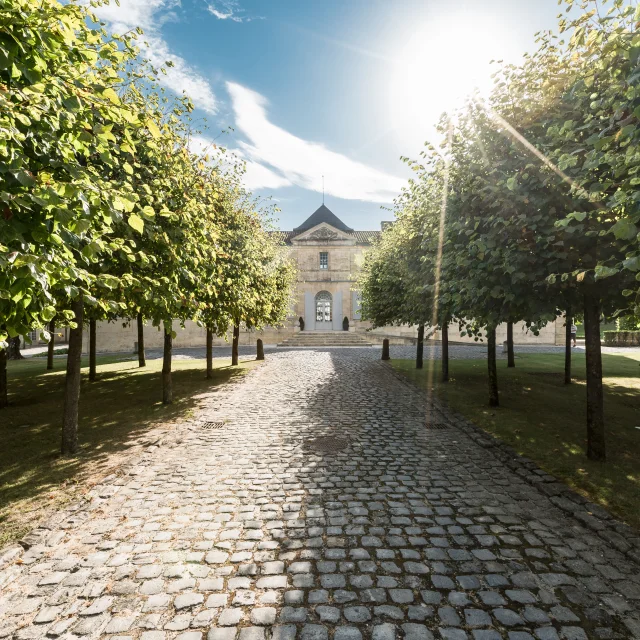The origin of a challenge :taming the Médoc marshes
At the end of the XVIᵉ century, the unhealthy marshes of the Gironde were a source of disease and land lost to agriculture. King Henry IV, a visionary, initiated a bold project: to make this land workable. His initiative was continued by Louis XIII and then Louis XIV.
But to accomplish this feat, France called on the best in the field: the Dutch, renowned for their mastery of water. Under the royal edict of 8 April 1599, engineers such as Conrad Gaussen, supported by local figures such as the Maréchal de Matignon, began a titanic project. Thanks to precise work on canals and dykes, the Médoc was gradually transformed into a dry land suitable for cultivation.
The transformation craftsmen :between Flanders and the Médoc
The Flemish and Dutch engineers, the real master builders, left a lasting mark on the area. Some areas were even nicknamed “Petite Flandre” or “Dutch polder”, in homage to their origins.
The transformation of the marshes continued on the right bank of the estuary, thanks in particular to Claude de Saint-Simon, Governor of Blaye. In 1645, he in turn launched a large-scale project, accompanied by local technicians. In just a few years, new arable land was created, which was completed in 1652.
>
Despite the success of these transformations, some lands were resold or abandoned. Claude de Saint-Simon, for example, turned away from the Médoc to devote himself to the Versailles marshes. But the essential thing had been accomplished: the foundations of a new territory had been laid, offering the population a healthier, more productive environment.
Today, this history remains alive in the Médoc’s landscapes, between marshes, canals, reed-lined paths and ancient buildings. A natural and cultural heritage to (re)discover during your stay.

